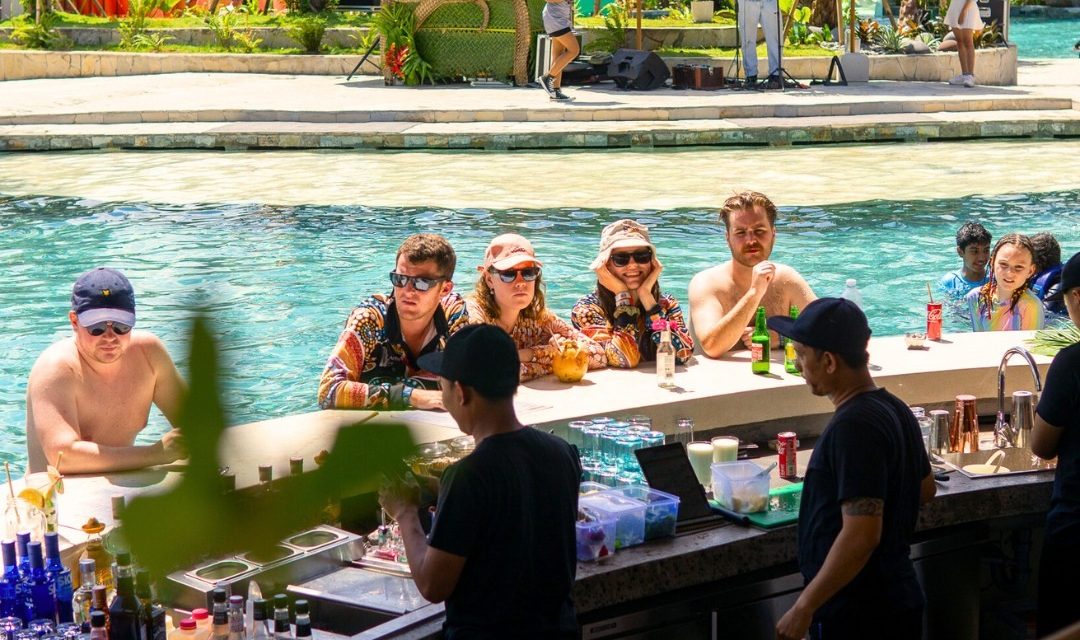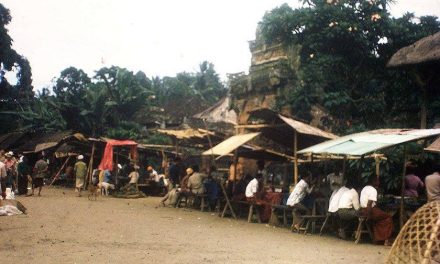Tanah Lot — the iconic sea temple perched on a rocky outcrop off Bali’s southwestern coast — is not just a stunning visual spectacle but also a monument steeped in folklore and history. As someone who’s had the privilege of visiting this majestic site more than once, I can’t help but reflect on how its significance has evolved over the years. These changes in Tanah Lot’s history resonate on many levels, offering us both a time capsule of Balinese culture and an ever-evolving narrative that enriches our experience as visitors.
A Brief Historical Overview
Stepping back in time, Tanah Lot was originally constructed in the 15th century by the priest Nirartha, who sought a place for meditation. From that moment on, it has grown into an essential part of Balinese culture. The temple serves as a tribute to the sea gods and is a critical element of the Hindu belief system on the island.
What often surprises visitors — as it did me — is how this small temple has become an emblem of Indonesian spirituality and culture, attracting millions of tourists each year. Yet, with its popularity, the fabric of its history has morphed in various ways.
Evolution of Cultural Practices
One of the most noticeable changes in Tanah Lot is how the cultural practices surrounding it have evolved. During my first visit in 2015, I observed a traditional ceremony taking place — locals dressed in ornate costumes were performing rituals that seemed steeped in centuries-old customs. Fast forward to today, and although many such ceremonies still occur, they are often accompanied by a growing influence of tourism.
A relatable scenario could be when you plan a trip to witness one of these ceremonies. You might find yourself amid a large crowd, smartphone in hand, capturing every moment for social media. This blend of traditional practices with modern day tourism reflects a historical shift in how the temple is perceived. While the essence of reverence remains, the need to cater to tourists has inevitably altered the experience.
Practical Tip: Embrace the Moments
If you’re intending to visit Tanah Lot for a ceremony, try arriving early to savor the peace before the crowds arrive. This allows you to experience the sacred nature of the event before the hustle and bustle kicks in. Take part in the rituals respectfully, but also take a moment to soak it all in without the lens of your camera.
Architectural Changes
The temple’s architecture itself has also undergone renovations and adaptations through the years. The natural erosion from ocean waves has forced restorations to ensure Tanah Lot’s structural integrity. During my visit last summer, I noticed some scaffolding around certain areas as preservation efforts continued. It made me appreciate the efforts to maintain this ancient site for future generations.
Unique Insight: Trust the Process
Watching restorers at work can be both fascinating and insightful. It’s a reminder that history will always require caretakers, and the respect shown towards these historical monuments reflects the values of a society. If you get the chance, strike up a conversation with the local guides. They often carry personal stories and insights about the site that aren’t in the guidebooks.
Tourism and Commercialization
Another significant aspect of Tanah Lot’s evolving narrative is the interplay between tourism and commercialization. While tourism has brought economic benefits, it has also altered the atmosphere of the site. My second visit in 2019 revealed a bustling market just outside the temple, filled with souvenirs, local crafts, and food stalls.
While this can add to the experience — indulging in local delicacies while mingling with craftsmen— it can also deter from the serene ambiance that many visitors might expect. If you’re looking for authenticity, wander a bit farther from the immediate temple vicinity. You may stumble upon less commercialized interactions that showcase the quaint charm of Balinese culture.
Practical Advice: Enjoy Local Cuisine
Make it a point to try local Balinese dishes at smaller warungs (local eateries) nearby after visiting Tanah Lot. Dishes like Nasi Campur or Sate Lilit will give you an authentic culinary experience that larger, tourist-oriented restaurants might not provide.
Lingering Spirit and Future Prospects
Despite the myriad changes over time, the intrinsic spirit of Tanah Lot remains intact. The views, particularly during sunset, continue to cast a magical glow over the temple and the crashing waves — a reminder of the natural beauty that has enchanted people for generations.
As we look towards the future, one can only hope that the balance between preservation and tourism will be maintained. The future of Tanah Lot must consider both the sacredness of the site and the needs of the local community.
Final Thoughts
Changes in Tanah Lot’s history over time are a microcosm of broader themes in our world: cultural evolution, tourism’s impact, and the delicate balance between preserving history and embracing modernity. As visitors, we have the privilege and responsibility to engage with this site mindfully. So, whether you’re planning your trip or reminiscing about your last visit, remember that Tanah Lot is more than just a stunning view; it’s a living testament to Bali’s rich heritage. Soak it all in— the history, the culture, and the breathtaking beauty – and carry a piece of Tanah Lot’s timeless story with you as you continue your journey through life.






